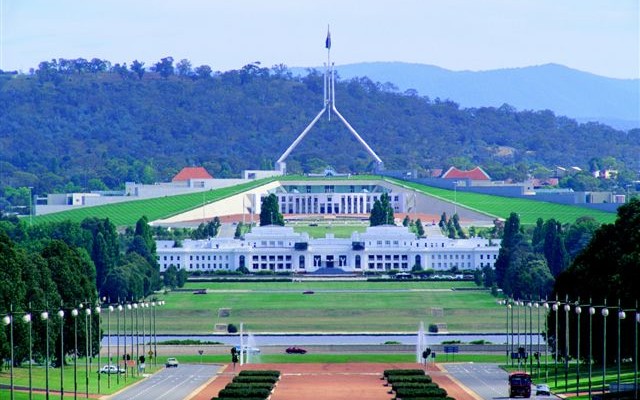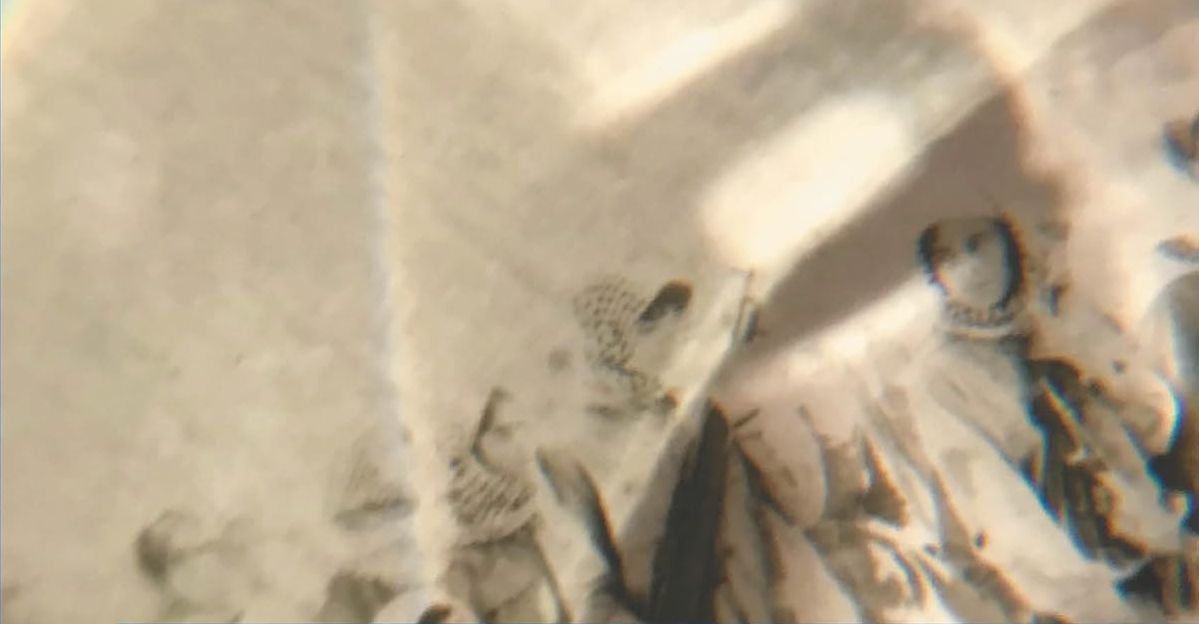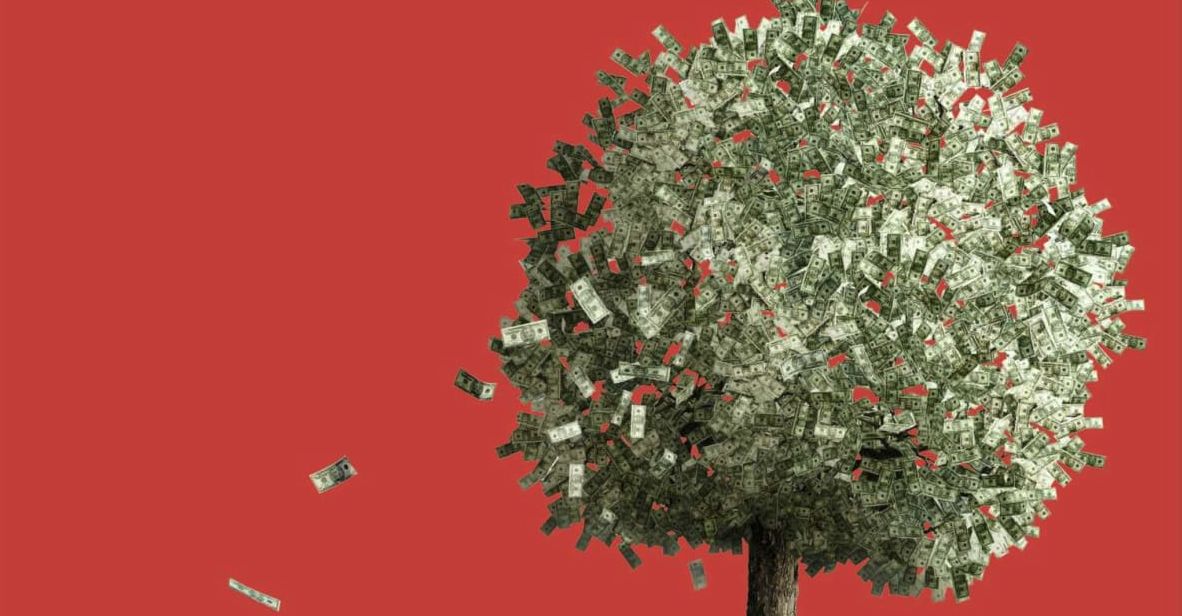 The Invisible Thread: One Hundred Years of Words
The Invisible Thread: One Hundred Years of Words
Irma Gold
Centenary of Canberra
Meanjin 72:1
Zora Sanders (ed)
Melbourne University Publishing
There’s an uncertainty within Australian writing over whether our geography, and each of its component landscapes, has specific stories with particular value. We often criticise our own literary culture for being too rural, by which we mean parochial – stuck in an old view of Australia which doesn’t reflect our overwhelmingly east-coast and suburban population.
Whether as a marketable point of difference or as a stage for moral conflict, we are still obsessed by landscape. We go after stories about the inland and it is those stories we turn to when we look for the written country. Perhaps this is a result of unresolved colonial trauma, or adversely, part of a nationalist agenda of occupation. Regardless, stories about place bear a certain symbolic weight that stories that seek to ignore place cannot hold. When a book tries to exist in a universalist vacuum-place, it loses something. In The Burning Library, Geordie Williamson refers to the trend of turning away from landscape as ‘a loss of nerve’.
If the bush remains at the core of a national cultural project, then what of our bush capital, Canberra? The anthology The Invisible Thread and the Canberra issue of the journal Meanjin both go after a specific place, but with very different approaches.
The Invisible Thread is trying for two things. It attempts to restore the nation’s capital to a central place in its cultural landscape which (other than institutionally) it has always lacked; and it acknowledges a history of this particular place which can be celebrated, in this case as part of broader centenary activities.
Canberra’s weird; we all know that, and if we forgot it, Skywhale reminded us. Despite being the home of national cultural institutions, memorials, and the seat of federal Parliament, the city manages to be more peripheral than central, which is itself a profound cultural achievement. It also demonstrates the weakness of the monument or institution as keeper of story.
The Invisible Thread makes an attempt to be a monument, covering work from the last hundred years. Anthologies are compromises. While it’s delightful to read so many perspectives on the city, from CEW Bean to Omar Musa, there is something frustrating about an anthology mostly composed of extracts from longer works. Efforts to be representational have left this book without a central thread. The inclusion of so many important voices reduces them to samples, so that it reads more like a catalogue of the place than a representation of it.
The book remains a decent engagement with the various intersections of nationhood, symbolic and real, that Canberra represents. Not only the institutional bureaucratic landscape but the everyday life of the place, covering musings on farm life, Lake George, war, Communist Party infighting and the contradictions of working in Warlpiri country and living in the ACT – that last sharply drawn in Kim Mahood’s essay, ‘Blow-Ins on the Cold Desert Wind’. Many of the better pieces are non-fiction. Poetry is well represented, but the quality wavers. Musa provides a good line of summation: ‘It is possible/ to love and hate/ a place in equal measure.’ (‘Queanbeyan’)
Perhaps there is something about the project of writing about place more suited to the literary journal, for Meanjin’s Canberra issue does a similar job better and with far less fuss. There are no efforts to include everybody, and the journal format’s natural eclecticism offers a lightness which rewards returning. Whether it is the transience of the quarterly or the freshness of selected work, there is plenty here to help us rethink the national capital’s cultural capital. Marion Halligan’s piece on Canberra in the 1960s offers a vivid portrait of university life for women in that era. The ever-lucid Gideon Haigh gives us a breakdown of the workings of political narrative and amnesia.
Meanjin does not shy from criticism of the place. As Chris Hammer points out in his essay on the architecture of the city, Canberra is a compromise. It’s not a utopian dream, but a failed one, pared down by bureaucrats and pragmatism, and it bears only structural resemblance to its design ideals. Andre Dao’s piece about the Brutalist High Court building makes for a good illustration of that process.
Stories are wild. No one person has charge of them, and despite the efforts of successive governments to rewrite our social history – an effort seen here, in different ways – it remains impossible to pin a single national story down. Culture is a feral animal, and while institutions can provide the conditions for it to flourish, they cannot replace its wildness. Canberra’s success as an urban project lies in its failure to domesticate the place completely. When people speak of the place lovingly, it is of its secrets, its outskirts, and its cracks.
But Canberra also has a symbolic life: it’s a place the rest of us visit at significant moments. I was last there for the apology to the Stolen Generations, perhaps the greatest demonstration of the gap between symbolic and actual meaning that the city has ever provided. It’s that gap more than anything else that the city represents; it’s a place that has declared itself exempt from the real. That’s why we recognise it in that irreverent balloon, recently referred to in ACT parliament as ‘the Hindenboob,’ that sails over the town in placid mockery.
Both of these publications give us traces of a place where the symbol and the landscape, the ideal and the geography, are overlaid, while also sharing glimpses of the city’s secret life. There’s no way to do so both definitively and successfully. This failure illustrates others: the weird, doomed compromises that are our nation, its capital city, and our inability to pin down its ideals.




